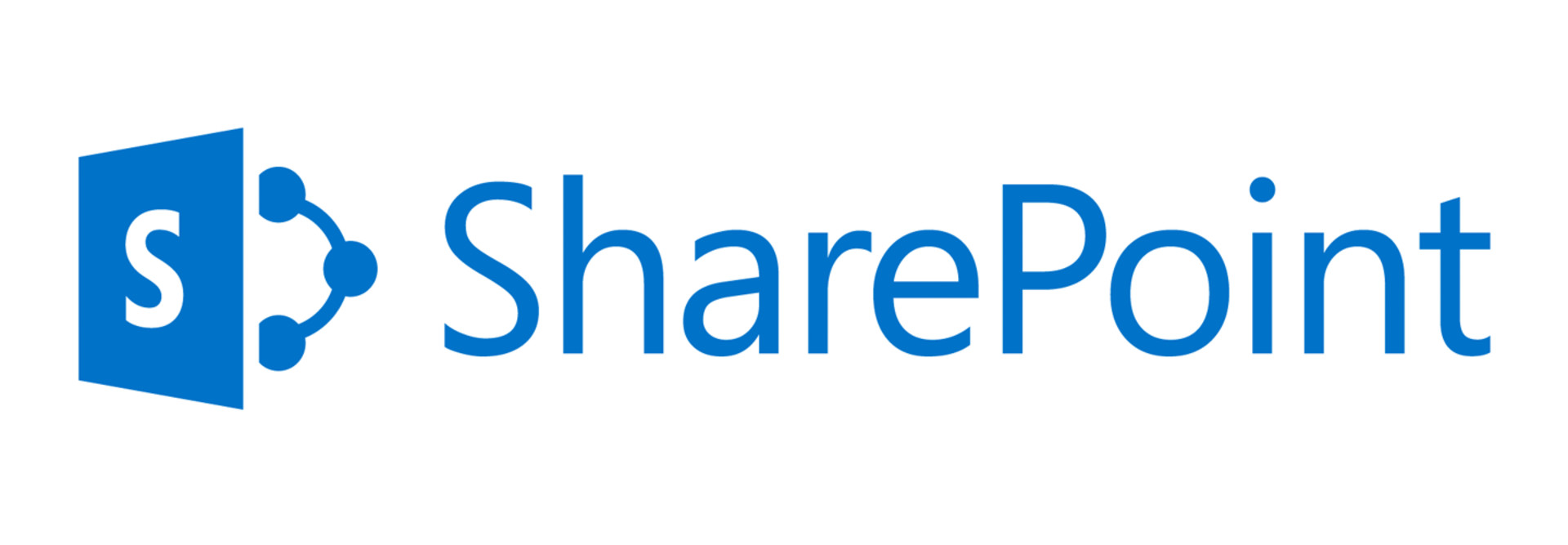How to Upgrade to Microsoft SharePoint 2013
There really is nothing like Microsoft SharePoint. The latest release, SharePoint 2013, introduces investments in cross-platform technologies such as HTML5, JavaScript, REST API and OAuth, as well as the features users already know and love. As attractive as the collaboration platform might be, however, an upgrade does require considerable thought and planning. Here are six suggestions to help your transition go smoothly.
Use claims-based authentication.
With the advent of SharePoint 2010, Microsoft launched the Managed Services Architecture that supports Office 365. It can be argued that everyone is moving toward the cloud; some just haven't started their journey yet. During the upgrade process, seriously consider using Office 365 instead of on-premises SharePoint.
Organizations opting for on-premises SharePoint should still invest in best practices that make them cloud-ready. Traditional Active Directory–based forests will not scale to an Internet readiness method, making claims-based authentication the only practical choice going forward. Claims-based authentication allows users or systems to authenticate themselves via untamperable attributes or claims about themselves. As a result, these identities are much more flexible, cloud-ready and more secure than traditional password-based approaches.
Migrate SharePoint 2010 to claims now because a number of things won't work in SharePoint 2013 without it. Also, get SharePoint 2010 environments to at least Service Pack 2 or later to prepare for an upgrade.
Adopt the apps model.
Apps are independent bits of software that specialize in a unique task and work under a well-defined set of permissions granted by the user. With SharePoint 2013, Microsoft brings apps to the enterprise. Apps ease support and offer a cross-platform, future-proof development system. Going forward, invest in apps and write a solutions package only if achieving the same functionality from an app is impossible. During the upgrade process, consider converting custom code to apps whenever possible. However, while they aren't the preferred mechanism for customization, solutions packages will still work in SharePoint 2013.
Avoid big-bang upgrades.
With SharePoint 2013, the backward- compatibility model actually works — a SharePoint 2010 site works just fine on a SharePoint 2013 farm. This is a welcome improvement because nobody wants their phone ringing off the hook the Monday after an upgrade with users who are confused by a completely new interface. Site collection administrators can choose to upgrade and experiment with an evaluation site before rolling out the software to users. Additionally, there are queues and throttles built in to the upgrade process that allow IT administrators to manage the entire transition.
Retire old artifacts.
Percentage of organizations using some form of enterprise content management alongside SharePoint
SOURCE: “AIIM Industy Watch: The SharePoint Puzzle" (AIIM, July 2012)
Over time, users and departments tend to collect data that may not be relevant — or at least are less relevant. A good disposition strategy is just as important as content capture and maintenance. Disposing of just 10 percent of content and functionality every year will save 41 percent in storage space over five years. That doesn't take into account the productivity gained from being able to find relevant information more easily. Use an upgrade as an opportunity to clean house. Retire old site collections, code snippets and third-party tools that are no longer in use. Consider replacing them when out-of-the-box functionality obviates their usefulness.
Consider search and social features.
Microsoft has fully integrated FAST search in SharePoint 2013 and has completely retired full text indexing search. Several features have been rebooted as a result. Web content management and social both deserve a special look. SharePoint 2013 web content management is quite compelling from a search engine optimization, maintenance and cost and licensing perspective. Social has been rearchitected internally for scale and offers numerous features users will love. When upgrading, consider what avenues open to the organization with search, and every feature that search affects. When upgrading social, upgrade the "My Site" host first, then gradually migrate the underlying "My Sites" and roll them into the search-based social features.
Settle in after an upgrade.
In some ways, SharePoint 2013 is fundamentally different from SharePoint 2010. The apps model requires consideration with regard to security, navigation and user interface. Discoverability of content in the new platform will require IT professionals to think beyond the classic navigation and organization and more toward search and surfacing the right content at the right places.
Whereas SharePoint 2010 allowed administrators to check things only at a content database level, with 2013 they can perform health checks at a site collection level. Those checks are extensible and produce log files that can be reviewed.









